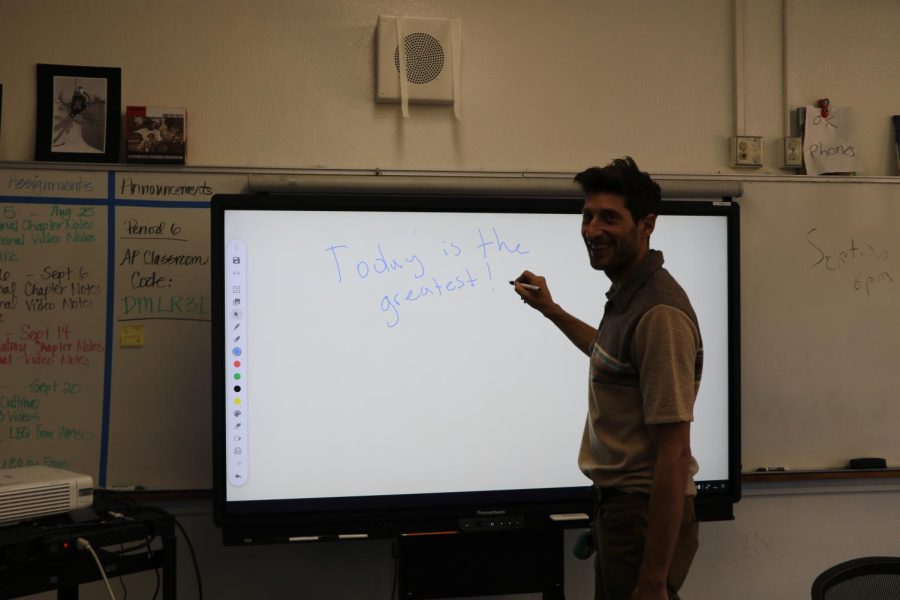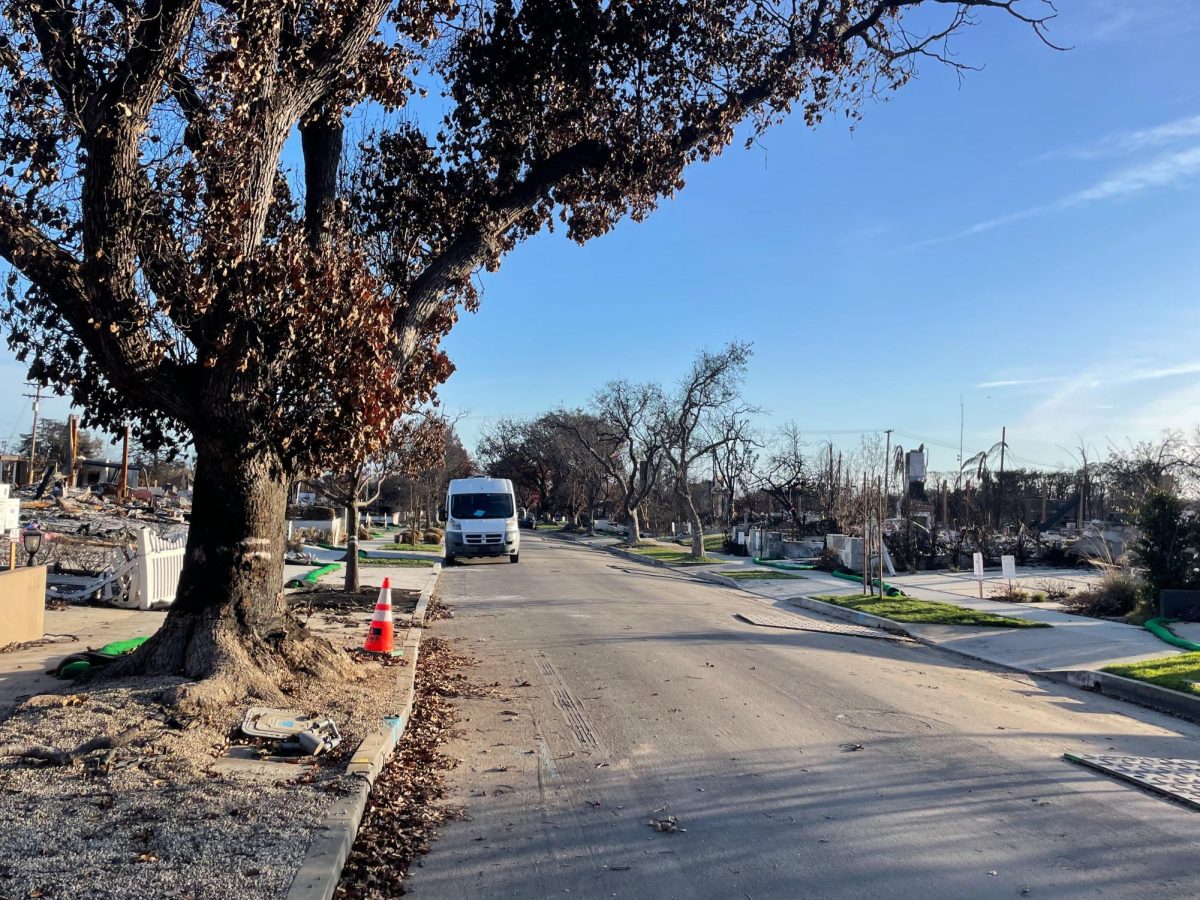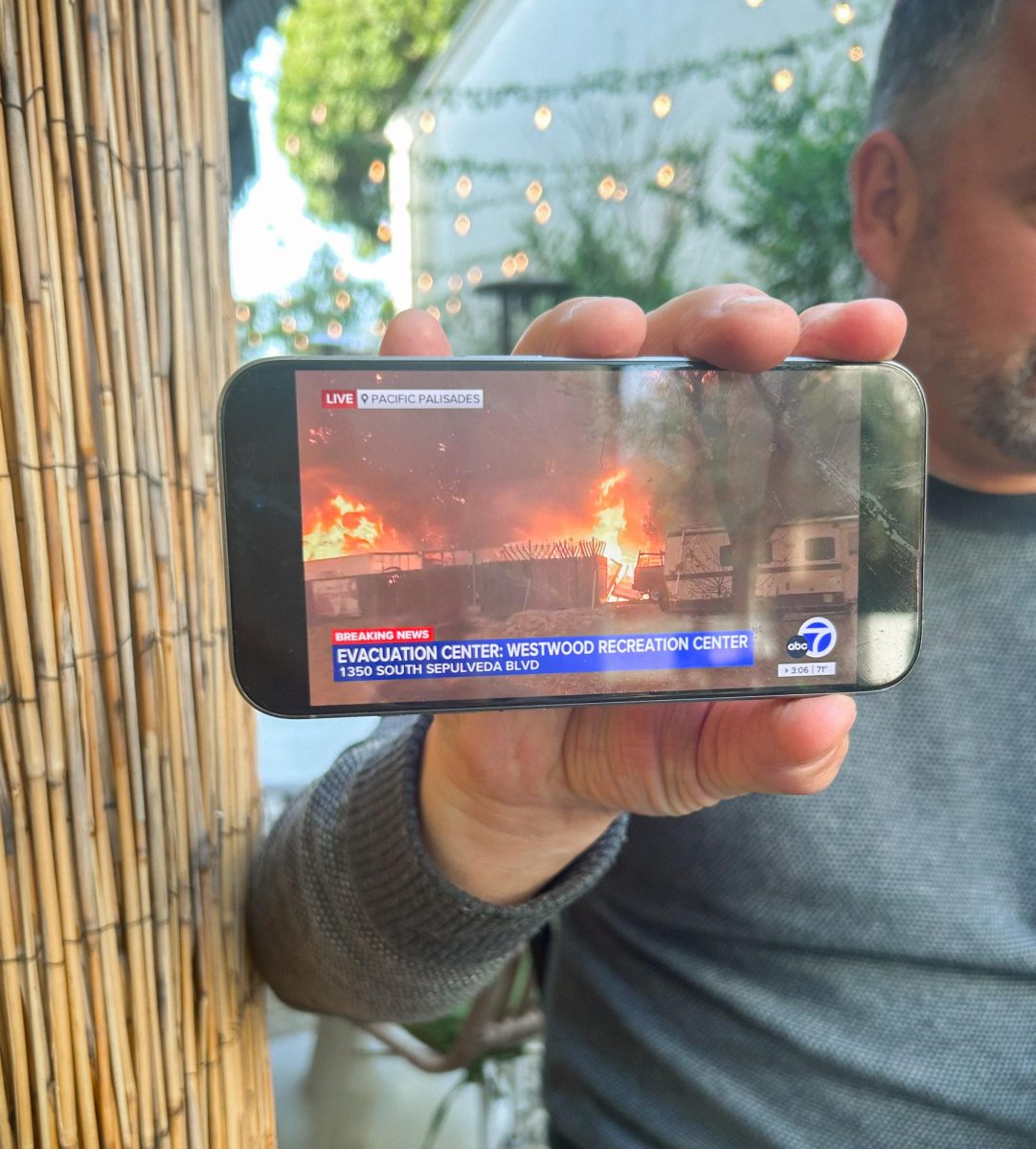Some Pali Teachers Get SMART Boards, Computers
October 12, 2022
The California Department of Education awarded Pali the $2 million Expanded Learning Opportunity grant last November, with $900,000 allocated to improving technology in classrooms. School administrators used this funding source to put SMART boards in classrooms and to buy new computers.
Pali purchased 45 SMART boards, which were delivered to classrooms in September. According to Tech Director Jeff Roepel, approximately $180,000 was spent on the SMART boards, with the possibility of more being purchased in the future. The devices were distributed to teachers who filled out a request application and attended demonstrations.
Roepel said that the SMART boards aim to “modernize” each classroom, while also increasing students’ potential for learning.
“They’re definitely flashier, more exciting and more interesting,” Roepel said. “Regardless of what’s on there, students may pay a little more attention.”
However, not all students agree with Roepel.
Sophomore Avery Waxman-Lee said that most of their teachers only use the SMART boards as a whiteboard, meaning they are not taking full advantage of the technology.
“I think whiteboards have clearer writing, and a lot of my teachers struggle with the technology,” Waxman-Lee said. “It’s only useful if they need to project their screen, but it’s not too useful for anything else.”
“[SMART boards] aren’t inherently bad… but they could have used the money for a lot better things,” they added.
One of the contributing factors is that teachers were not offered training before the SMART boards were rolled out, and none of the devices were able to be mounted on walls, as teachers had requested. The first training session was offered in late September, and another training session is scheduled for October. In a future phase, there are plans to mount the SMART boards, according to Roepel.
AP Computer Science teacher Patricia Kuper said that she requested a SMART board, hoping it would create a more interactive and functional learning environment for her students.
However, due to her classroom’s layout, Kuper said she is waiting to have the stand-alone SMART board mounted over her whiteboard so she can effectively and safely use it in her classroom. For now, the SMART board is sitting in a back corner so it does not block the classroom doors.
Kuper said that she has used SMART boards in the past and is not worried about having difficulties with using the technology. However, she understands that it may take time for others to adjust to them.
On the other hand, Julie Benke, a Biology teacher, said that she uses her SMART board almost every day in class, even though she has not yet fully learned how to use it.
“I’m kind of just learning [how to use a SMART board] in baby steps, but I know there’s a lot more capabilities that I don’t really know how to use,” Benke said.
Benke also said that she prefers the SMART boards to whiteboards.
“[My SMART board] can be colorful, and it’s in a better location to do writing than my whiteboard,” she added.
Benke added that she also requested her SMART board to be mounted. In the future, Benke said that she hopes to use both her SMART board and projector at the same time during lessons.
“There’s a lot of cool stuff that I haven’t learned yet on the SMART board, and it will be very helpful for me in the future!” Benke said.
In addition to the new SMART boards, many Pali classrooms also received new computers at the beginning of the school year.
More than 130 new computers were purchased, with prices ranging from $1,200 to $2,100 per device. According to Roepel, this purchase is part of a long-term goal to replace Pali’s computers every five years, though this is dependent on funding and the functionality of the devices.
Kuper is one of the teachers who received new computers this year.
In Kuper’s class, students regularly use computers, mainly for coding. She said that while her 10-year-old computers were functional, they were likely toward the end of their lifespan and would have needed to be replaced soon.
“[The new computers] are a little bit faster, have better connectivity to WiFi and they’re new,” Kuper said. “Students like shiny new stuff.”













